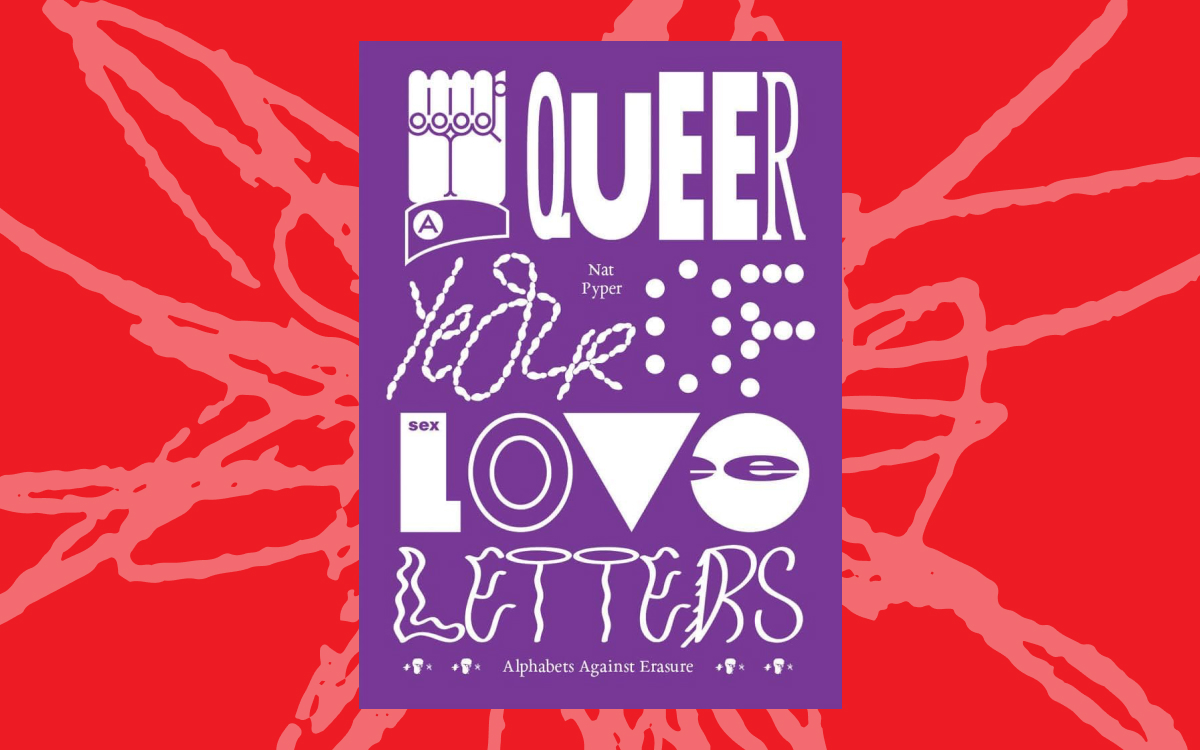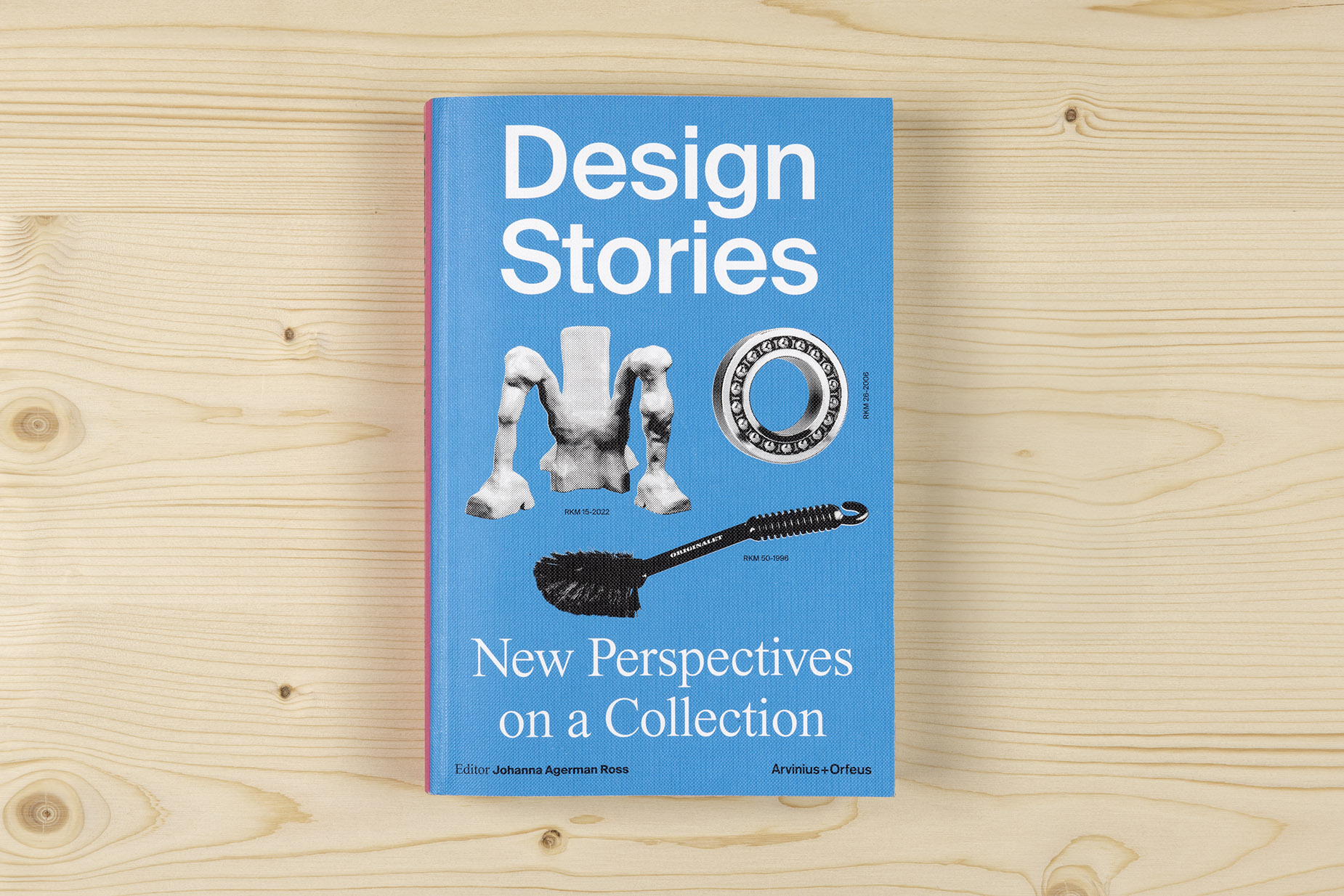Nat Pyper’s new book, A Queer Year of Love Letters (published by Inventory Press and Library Stack) is both a toolkit for remembering queer and trans histories and a collection of fonts whose letterforms derive from the life stories of countercultural queers from the last several decades. Taken together, the project is a meditation on writing, typography, and how these acts put us in dialogue with histories. We last spoke with Nat on the show back in 2019 so we caught up with Pyper to hear their thoughts on the role of typography in remembering history, the evolution of the project, and why all writing is a collaborative act.
A Queer Year of Love Letters is a series of fonts that, as you write, “remembers the lives and work of countercultural queers of the past several decades”. How did this project start? And when did it become not just a collection of fonts but also a book/publication?
The first font, Robert Ford, was actually a commission for a queer club night called Earth Angel in Milwaukee, WI. Ford was one of the zinesters and small publishers I learned about while researching queer underground publishing of the late 1980s and early 1990s. I was looking for a way to extend the research I was doing into my creative practice and out into the world. I was doing this at a moment when my creative life was very small: I didn’t have a studio or materials, but I did have a laptop and a font design program. Fonts were something I could make and that other people could use. I decided to turn it into a series and planned to make a new font every month for a year, so it became A Queer Year of Love Letters. That went well for about three months, and then I didn’t make the fourth font for another two years. But by then the pressure was off. I continued making fonts at the slow pace of my research.
Early on in the series, the digital lending library Library Stack reached out and offered to host the fonts on their site where they can be downloaded for free. As the project neared twelve fonts, we started talking about a book as a way to bring other voices into conversation with the fonts and their histories, and that’s when Inventory Press joined as co-publisher. The font project itself is pretty straightforward, but there are a lot of latent ideas that I want to foreground through the book, things like the politics of memory and love as the basis for research.
This story is exclusive to Substack subscribers.
Already a supporter? Click here to read the entire story.



